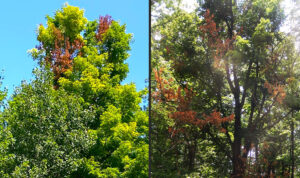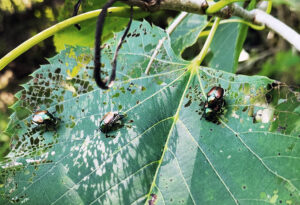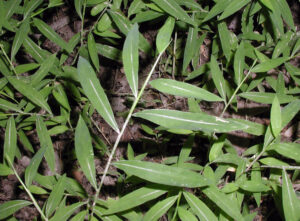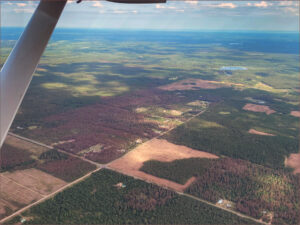Gov. Tony Evers, together with the Wisconsin Department of Natural Resources (DNR) today announced Urban Forestry Grant (UF) recipients, funded through the Biden-Harris Inflation Reduction Act (IRA).
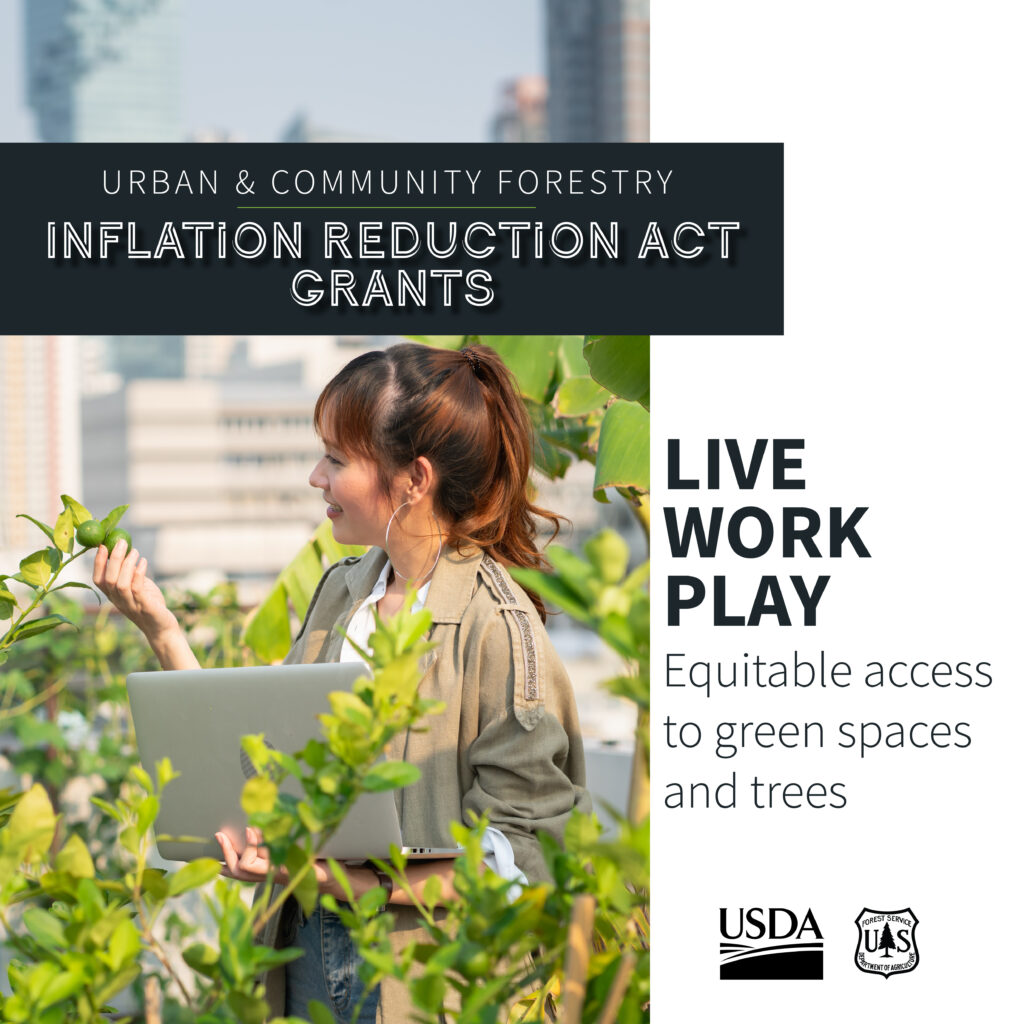 “Wisconsin’s forests are a critical resource for our state, promoting clean air, preserving natural habitats, and bolstering our statewide economy,” said Gov. Evers. “Thanks to our local and federal partners, these investments help build a stronger, more resilient forestry industry, and will protect our environment and grow our economy for generations to come.”
“Wisconsin’s forests are a critical resource for our state, promoting clean air, preserving natural habitats, and bolstering our statewide economy,” said Gov. Evers. “Thanks to our local and federal partners, these investments help build a stronger, more resilient forestry industry, and will protect our environment and grow our economy for generations to come.”
Continue reading “Gov. Evers, DNR Announce Inflation Reduction Act Urban Forestry Grant Recipients”

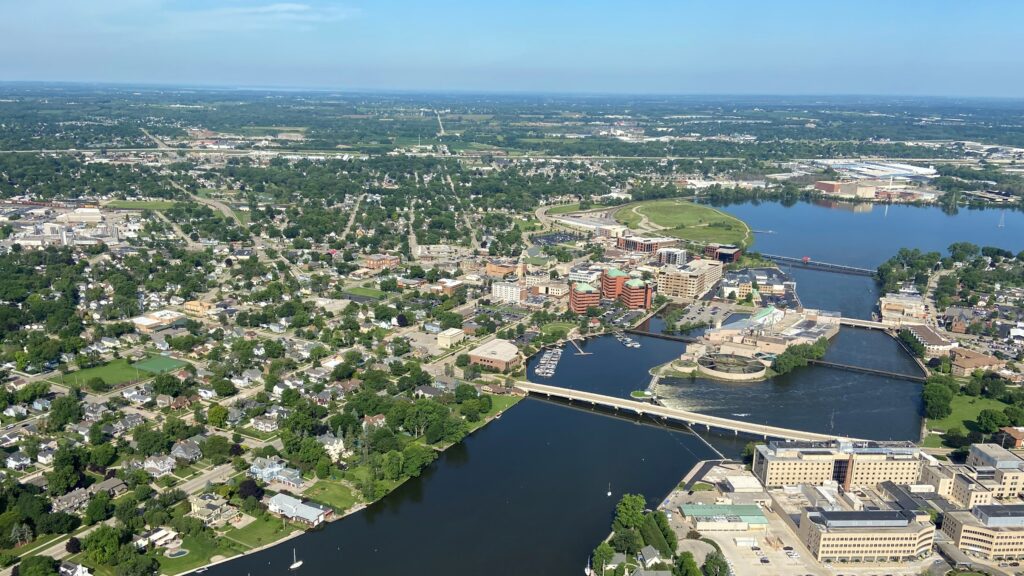 Cities, villages, towns, counties, tribes and 501(c)(3) nonprofit organizations in or conducting their project in Wisconsin are encouraged to apply for a regular or startup 2025 Wisconsin Department of Natural Resources (DNR) Urban Forestry Grant.
Cities, villages, towns, counties, tribes and 501(c)(3) nonprofit organizations in or conducting their project in Wisconsin are encouraged to apply for a regular or startup 2025 Wisconsin Department of Natural Resources (DNR) Urban Forestry Grant. 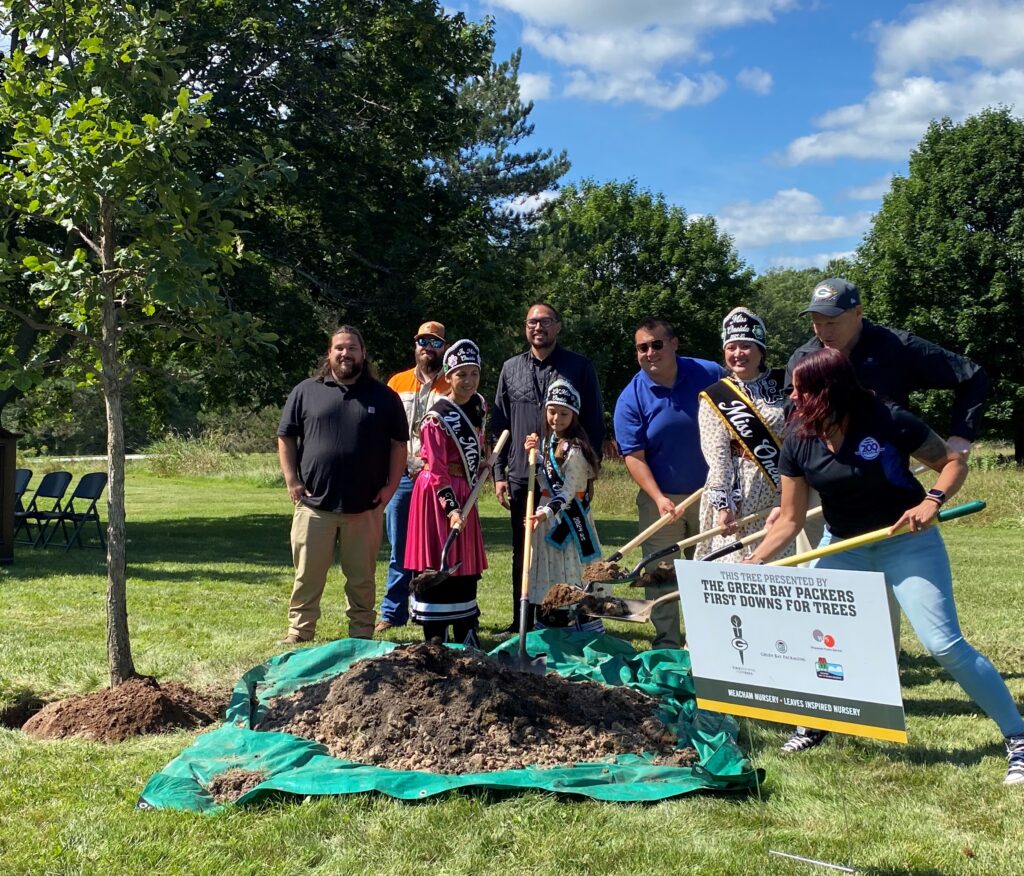 On Aug. 20, 2024, the First Downs for Trees program celebrated its 14th year with a ceremonial tree planting at Amelia Cornelius Park, Oneida Nation. The program is a cooperative effort between the DNR, the Green Bay Packers, Wisconsin Public Service and corporate sponsor Green Bay Packaging, Inc. The donated trees offset the Packers’ carbon footprint when flying to away games.
On Aug. 20, 2024, the First Downs for Trees program celebrated its 14th year with a ceremonial tree planting at Amelia Cornelius Park, Oneida Nation. The program is a cooperative effort between the DNR, the Green Bay Packers, Wisconsin Public Service and corporate sponsor Green Bay Packaging, Inc. The donated trees offset the Packers’ carbon footprint when flying to away games.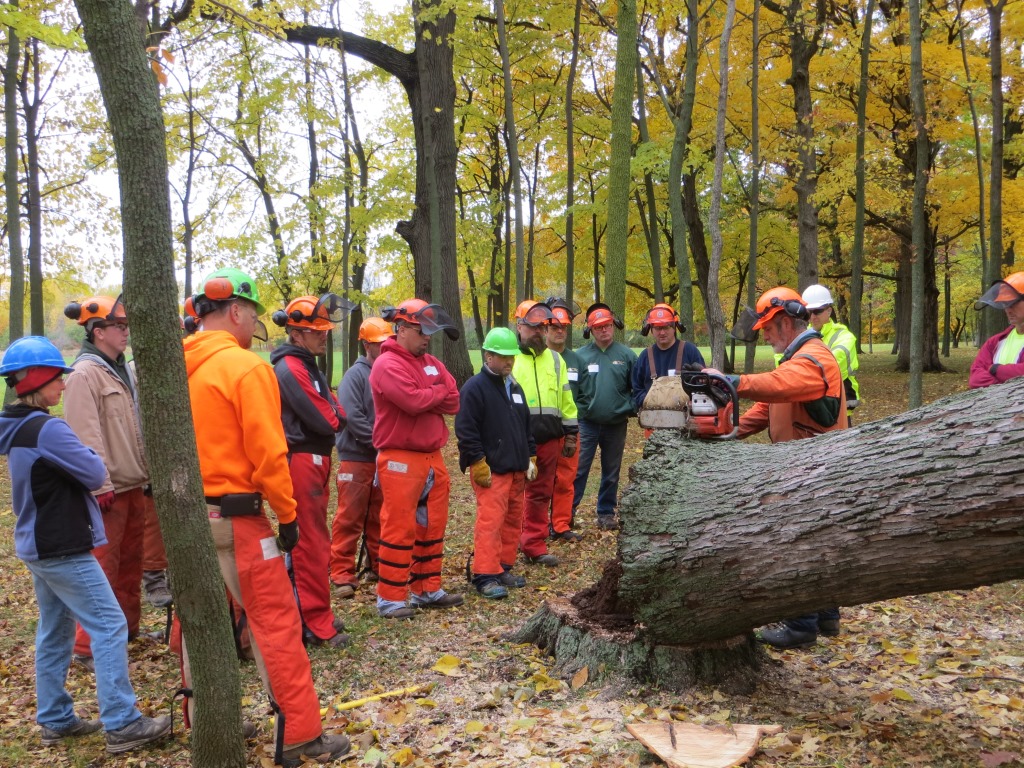 *These training opportunities are provided as an information service only and do not constitute an endorsement from the Wisconsin DNR.
*These training opportunities are provided as an information service only and do not constitute an endorsement from the Wisconsin DNR.